What is Engineering safety
safety engineering is provide to protective work culture and control of workplace accident that may cause worker injuries or disorders
Read more
We'd like to send you notifications of the latest posts and updates.
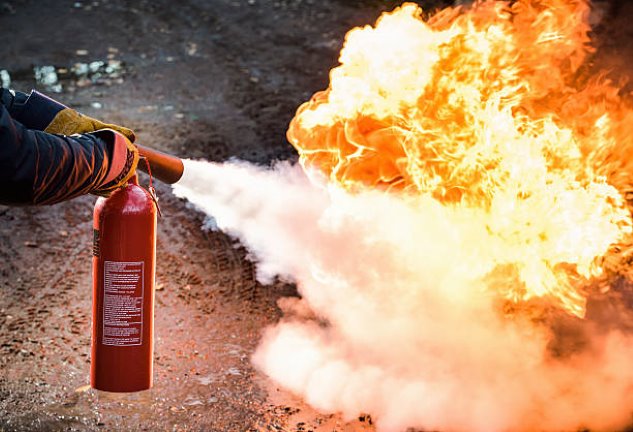
Accidents due to fire cause Immeasurable damage to properties, manpower and materials. It can be noted that the origin of fire is combustion. The main factors for combustions are presence of oxygen, availability of combustible materials and rise of temperature to the ignition point for the material. The cause of fire accidents may be electric-short circuit, carelessness and ignorance, spontaneous combustion, riots and rivalry etc. Prevention of the fire involves preventing spreading of fire by covering it with incombustible material, rescuing the affected persons from the spot, cooling ignition point of combustible items, taking suitable precautions and educating the all staff and workers about the possible hazards out of the consumables that spread fires, color coding of pressure vessel containing combustible fluids, maintaining fire extinguisher and water points in shop floor for proper precaution in case fire hazard. As soon as fire breaks out, the fire alarm must be raised to alert all. All employees must be fire conscious and must know the fire drill, position of the nearest fire point and the nearest telephone or fire alarm. There should be an instruction plate for display along each side of an extinguisher, which gives details of operation and the type of fire for which the particular extinguisher is suitable.
The following precautions should be taken for fire prevention:There are three major types of fires which are given as under.
Type 1: Fires occurring due burning of ordinary combustible materials such as wood, cloth and paper. Pouring water is the most effective way for extinguishing this kind of fire.
Type 2: Fires occurring due burning of flammable liquids such as oils, petrol, grease and fat.For extinguishing, blanket or smother this kind of fire, thus excluding oxygen, water must never be used.
Type 3: Fires in this category involve live electrical equipment. The extinguishing agent must be non-conducting of electricity and water must not be used for extinguishing this kind of fire.
There are five basic kinds of fire extinguishers commonly used which are discussed as under.
These extinguishers filled with dry powder may be of the gas pressure or stored air pressure type. They are suitable for use on both Type 2 and Type 3 fires.
These are of two main types commonly called mechanical foam and chemical foam type of fire extinguishers. They are effective against Type 2 fires.
These are filled with the carbon dioxide. It is operated by means of a plunger, lever trigger or by opening a valve. It is fitted with a distinctively shaped discharge horn. This type of fire extinguisher has only limited effectiveness against Type 1 kind of fires. It is suitable for extinguishing type 2 and 3 kinds of fires.
The soda acid kind is the most common kind of water extinguishers. They are most suitable for extinguishing fire for type 1. Such fires are resulting from ordinary combustible materials such as wood cloth and paper.
They may be filled with either carbon tetrachloride (CTC.) or chlorobromethane (CBM) where as CTC kinds of extinguishers may be of the pump, gas cartridge or stored pressure type. And CBM may be either gas cartridge or stored pressure. These extinguishers are most effective against electrical kind of fire (Type 3).
In stored air pressure type extinguishers, the container is pressurized with air when the extinguisher is filled. The extinguisher is trigger operated and operation can be stopped at any time by releasing the trigger grip. It is suitable for type 1 kind of fire only.
In gas pressure type extinguishers the water is expelled under pressure provided by carbon dioxide gas released from cartridge filled inside the container. It is suitable for Type 1 kind of fire.
Safety Manufacuturing PPE Automation & Mechanization Friction Lubricants Classification of manufacturing advantage and dis. LPG 5S News fire prevention ci vs si engine Gear LPG vs petrol
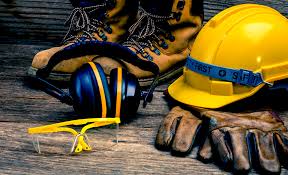
safety engineering is provide to protective work culture and control of workplace accident that may cause worker injuries or disorders
Read more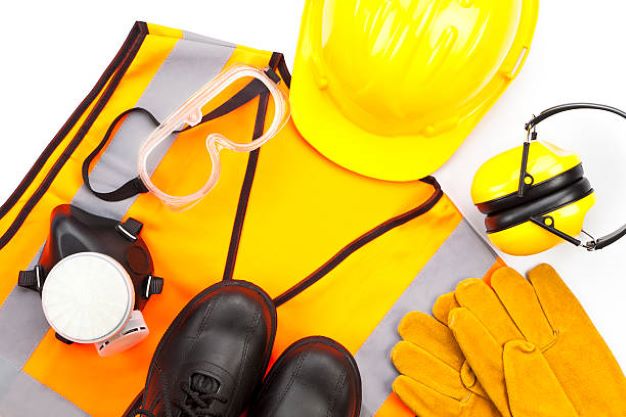
The following general types of safety are considered in the workshop.
1. Safety of self.
2. Safety of job.
3. Safety of machines tools.

Developing a solid safety plan is vital in workplaces, and recreational areas. It starts with a thorough risk assessment to identify potential hazards and assess their possible impact. Equally important is being well-prepared for emergencies, involving the creation of clear plans for different scenarios.
read more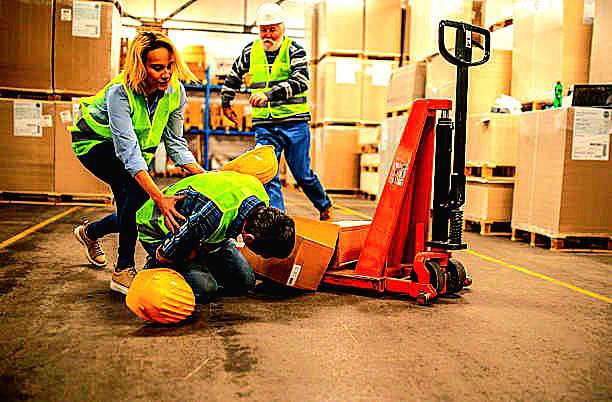
A large number of revolving, rotating, reciprocating and moving parts of machinery can besaid as the sources of danger and require guarding for protection against accidents.
read more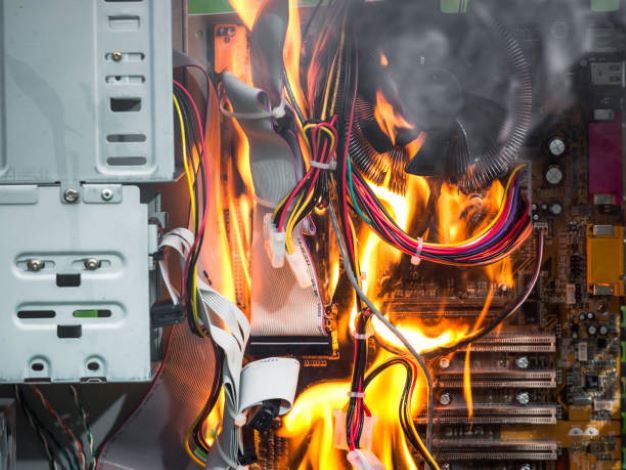
The accidents are unwanted events or mishaps that result in some sort of injury to men, material, machines, tools, equipment and semi or finished product hence, a loss to the whole establishment.
read more
Few safety measures commonly used in industries comprise of the proper safety guards for reciprocating machine components such as drop hammers, presses, shaper, slotter, power hacksaw, paper cutters etc., fencing of dangerous and rotating parts like revolving shafts,
read more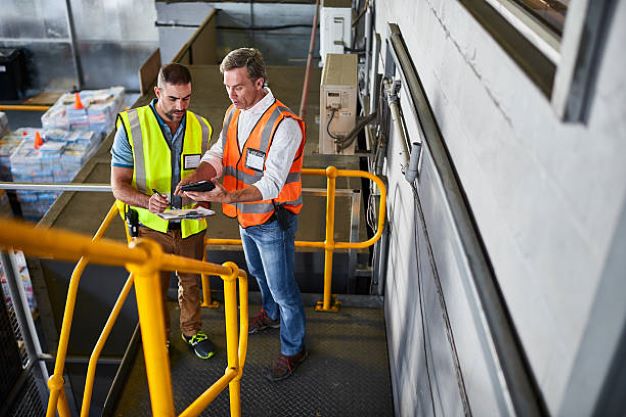
The common methods of safety are as follows:
1.Safety by construction or design.
2.Safety by position.
3.Safety by using fixed guards.
4.Safety by using interlock guards.
5.Safety by using automatic guards.
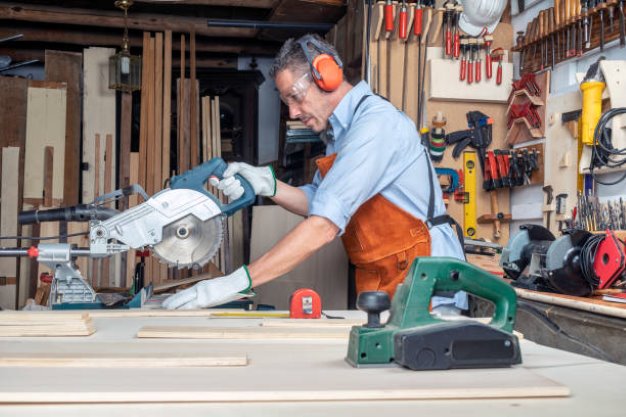
Safety Precautions while Working with Different Cutting Tools: Like as Make files, cutting, Chisels, Saws, Reamers, Tap and Dies, Abrasives.
read more
Safety Precautions while Working with Different hand Tools: Like as Screw Drivers, Wrenches, Hammers.
read more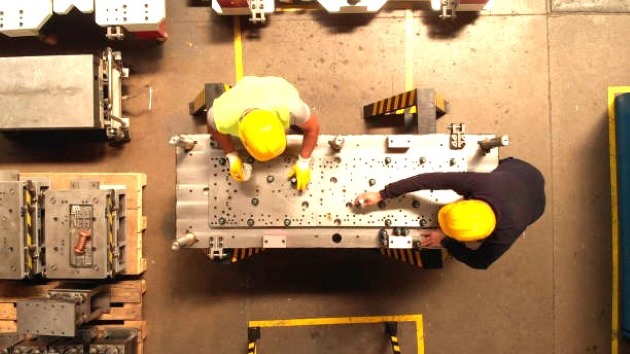
They must be strictly followed for safety. Specific safety guidelines for some of the machine process like lathe, drilling, shaping, planning slotting, grinding, milling, and finishing operations.
read more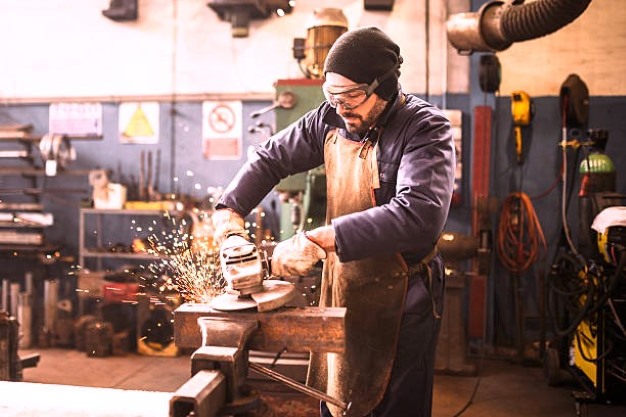
Replace Cracked Grinding Wheels: If you notice that the grinding wheel is badly cracked, replace it promptly. Damaged wheels can lead to accidents during operation.
read more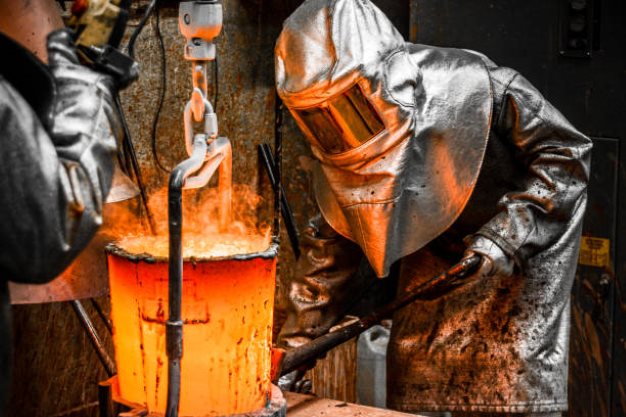
All foundry men should wear protective clothes, glasses, shoes, and gloves while handling molten metal for casting process.
read more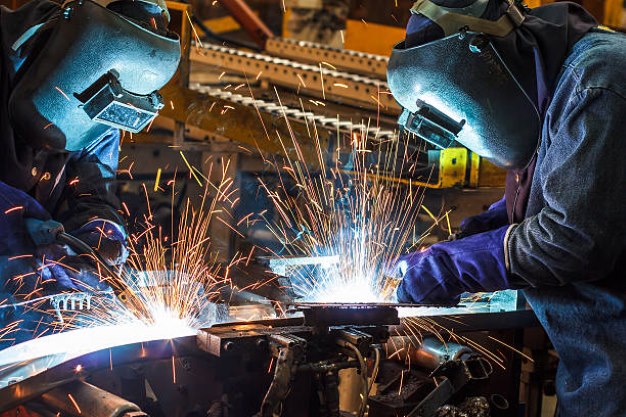
A welding shop is where metal pieces are joined using heat or pressure. Safety and proper equipment are essential for efficient welding processes.
read more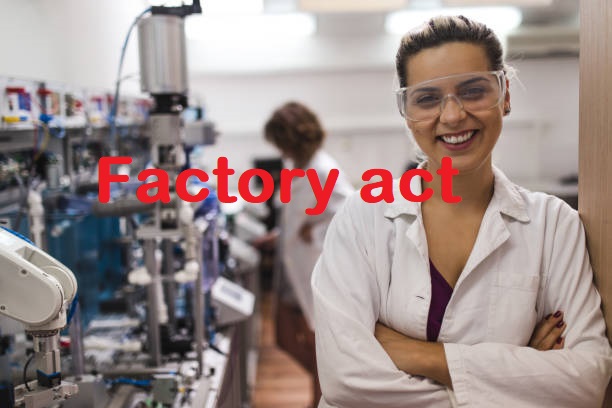
Factory Act is to safeguard workers from industrial hazards and ensure a secure and improved working environment, with specific provisions outlined for the fencing of machinery and other safety measures.
read more
In industry, an inquiry is normally ordered for electrical accident. Items carrying electricity should be properly insulated. Ageing of insulation withstand capacity and should not be allowed to leak current.
read more
The main factors for combustions are presence of oxygen, availability of combustible materials and rise of temperature to the ignition point for the material The cause of fire accidents may be electric-short circuit.
read more
The main factors for combustions are presence of oxygen, availability of combustible materials and rise of temperature to the ignition point for the material The cause of fire accidents may be electric-short circuit.
read more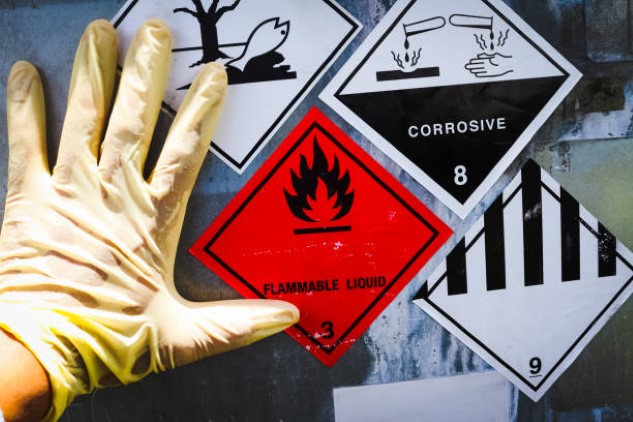
Effects of dusts, fumes, heat, noise and vibration due to hot and cold working of metals and crush and other injuries due to machine tools are discussed earlier.
read more
sometimes accidents may also occur in industries. After major or minor accidents, an injured worker requires immediate preliminary treatment in the absence of same his condition may become highly critical.
read more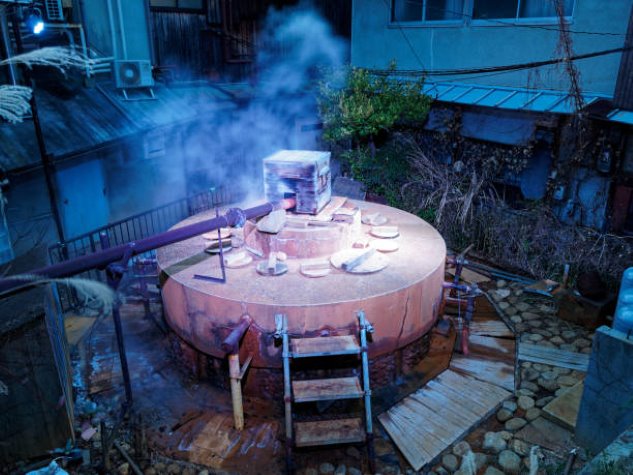
sA Cupola furnace is utilized for melting recycled metal or pig iron to manufacture diverse cast irons. Crucial factors in choosing cupolas include melting capability, shell diameter with or without lining, and spark arrestor.
read more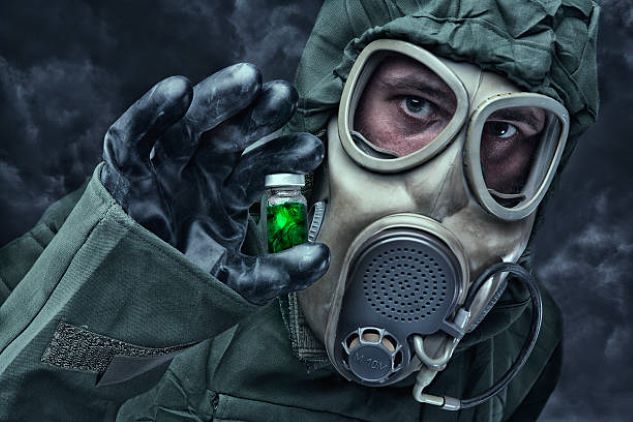
Antidotes are therapeutic agents used to counteract the toxic effects of specific xenobiotics. These are heterogenous group of substances consisting of pharmaceuticals, biological agents and immunoglobulin fragments.
read more
This Glossary of safety to help understand basic term of safety
read moreSafety Manufacuturing PPE Automation & Mechanization Friction Lubricants Classification of manufacturing advantage and dis. LPG 5S News fire prevention ci vs si engine Gear LPG vs petrol
To get first Notification: